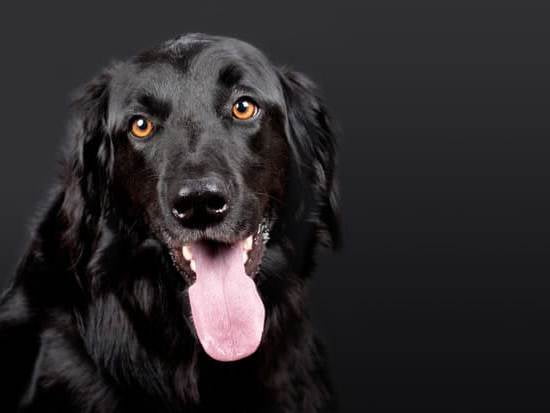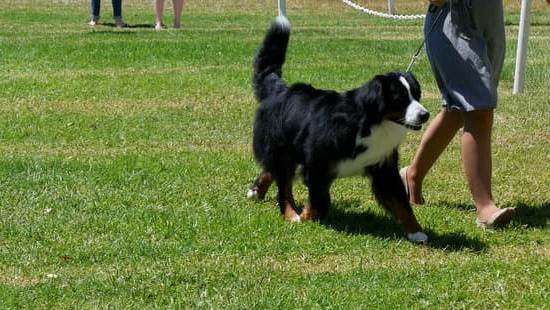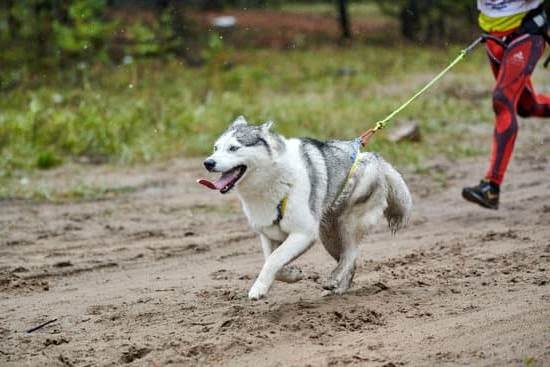Emotional support animals provide companionship and comfort to those suffering from anxiety, depression, or other mental health conditions. ESAs are not service animals and are not required to undergo the same level of training as service animals. However, there are a few things you can do to help your emotional support dog become more effective in providing relief from anxiety.
1. Start with obedience training.
Even if your emotional support dog is not required to undergo formal obedience training, it is a good idea to start training your dog at an early age. This will help your dog learn basic commands and will also help to create a strong bond between you and your dog.
2. Socialize your dog.
Socialization is extremely important for dogs, especially those who will be working as emotional support animals. Make sure to take your dog to a variety of places and expose them to a variety of people, animals, and environments. This will help your dog become comfortable in a variety of situations and will help them be more effective in providing relief from anxiety.
3. Train your dog to respond to specific commands.
One of the best ways to use your emotional support dog to relieve anxiety is to train them to respond to specific commands. For example, you can train your dog to sit or lie down when you feel an anxiety attack coming on. This will help you to take control of the situation and will help your dog to better understand how to help you.
4. Be consistent with your training.
It is important to be consistent with your training in order for your dog to learn and respond effectively. Make sure to practice the commands you have taught your dog on a regular basis and be patient with your dog. They will learn over time, but it will take time and patience on your part.
5. Reward your dog for their good behavior.
Just as with any type of training, it is important to reward your dog for their good behavior. This will help to reinforce the behaviors you want your dog to exhibit and will help to keep your dog motivated. Positive reinforcement is always the best way to train a dog.
By following these tips, you can help your emotional support dog become more effective in providing relief from anxiety. Remember to be patient and consistent with your training, and to reward your dog for their good behavior. With a little time and effort, you will have a well-trained emotional support dog that can help you get through difficult times.
How Are Service Dogs Trained For Anxiety
Disorders?
Service dogs are specially bred and trained to provide assistance to people with disabilities. They are able to help with a variety of tasks, including retrieving objects, providing stability for people who use canes or walkers, and guiding people who are visually impaired. Service dogs can also be trained to help people with anxiety disorders.
Anxiety disorders are a group of mental illnesses that cause people to feel excessive fear or anxiety. Anxiety disorders can interfere with a person’s ability to go about their daily life. Service dogs can be trained to help people with anxiety disorders by providing them with companionship, calming them down when they are feeling anxious, and helping them to stay focused and on task.
Service dogs can be very helpful for people with anxiety disorders. They can provide a sense of security and companionship, which can help to reduce the symptoms of anxiety. Additionally, service dogs can be trained to perform specific tasks that can help people with anxiety disorders to function more effectively. For example, a service dog may be able to help a person to stay on task during a work meeting, or to keep them calm during a social event.
If you are considering getting a service dog to help you with your anxiety disorder, it is important to do your research and find a reputable training program. Not all service dogs are created equal, and it is important to find a dog that has been bred and trained specifically to help people with anxiety disorders. Additionally, it is important to find a training program that will work with you to ensure that your service dog is properly trained and suited to your needs.
How To Crate Train Your Dog With Separation Anxiety
Separation anxiety is one of the most common behavioral issues dog owners face. Dogs with separation anxiety become anxious and restless when they are left alone, and may bark, chew, or urinate in inappropriate places. Crate training can be an effective way to help dogs with separation anxiety overcome their anxiety and learn to relax and stay calm when left alone.
The first step in crate training a dog with separation anxiety is to create a positive association with the crate. Start by putting a soft blanket or toy in the crate, and occasionally give your dog a treat when he goes in the crate. Once your dog is comfortable going into the crate, begin closing the door for short periods of time. Gradually increase the amount of time your dog spends in the crate, and make sure to praise him when he stays calm and relaxed.
If your dog becomes anxious or restless when left alone, start by putting him in the crate for a short period of time. Gradually increase the amount of time your dog spends in the crate, and make sure to praise him when he stays calm and relaxed. If your dog starts to bark or chew in the crate, calmly remove him and put him in a designated “time-out” area. Do not scold or punish your dog for his behavior, as this will only make him more anxious and likely to engage in the same behavior in the future.
Dog Anxiety Training Fountain Hills Az
If your dog suffers from anxiety, there are a few things you can do to help him or her feel better. One of the best things you can do is enroll in a dog anxiety training program. This type of program can help your dog learn how to cope with his or her anxiety in a healthy way.
There are a few different types of dog anxiety training programs available. One type of program is a behavior modification program. This type of program helps your dog learn how to associate positive things with things that used to cause him or her anxiety.
For example, if your dog is afraid of thunderstorms, you might take him or her outside to play during a thunderstorm. By doing this, your dog will learn that thunderstorms are not something to be afraid of.
Another type of dog anxiety training program is a cognitive behavioral program. This type of program helps your dog learn how to think more positively. It also helps your dog learn how to cope with stressful situations in a healthy way.
If you are interested in enrolling your dog in a dog anxiety training program, be sure to do your research first. Not all programs are created equal. Choose a program that is specifically designed to help dogs with anxiety.
Also, be sure to ask the program’s instructor lots of questions. Make sure you are comfortable with the instructor and the program before enrolling your dog.
If you are looking for a program that can help your dog overcome his or her anxiety, consider enrolling in a dog anxiety training program. These programs are specifically designed to help dogs learn how to cope with their anxiety in a healthy way.
Crate Training A Dog With Separation Anxiety
If your dog has separation anxiety, crate training can be a great way to help them feel more comfortable when you’re not home. Dogs with separation anxiety often feel anxious and afraid when left alone, which can lead to destructive behaviors like chewing and scratching.
The key to successful crate training is making the crate feel like a safe and comfortable place for your dog. Start by putting a soft blanket or towel in the crate, and make sure it’s big enough for your dog to comfortably stand up, turn around, and lie down in.
Next, begin by gradually introducing your dog to the crate. Start by putting them in the crate for a few minutes at a time, and gradually increase the amount of time they spend in the crate. Reward your dog with treats and praise when they stay calm in the crate.
If your dog starts to get anxious or restless in the crate, don’t force them to stay in it. Instead, slowly increase the amount of time they spend in the crate over a period of several days or weeks.
If you’re not home when your dog is crated, make sure to leave them with plenty of food, water, and toys to keep them occupied. You may also want to consider leaving a TV or radio on to provide some background noise.
Crate training can be a great way to help your dog feel more comfortable when you’re not home, and it can also be a helpful tool for house training a new puppy. If you’re not sure how to crate train your dog, ask your veterinarian for advice.

Welcome to the blog! I am a professional dog trainer and have been working with dogs for many years. In this blog, I will be discussing various topics related to dog training, including tips, tricks, and advice. I hope you find this information helpful and informative. Thanks for reading!





